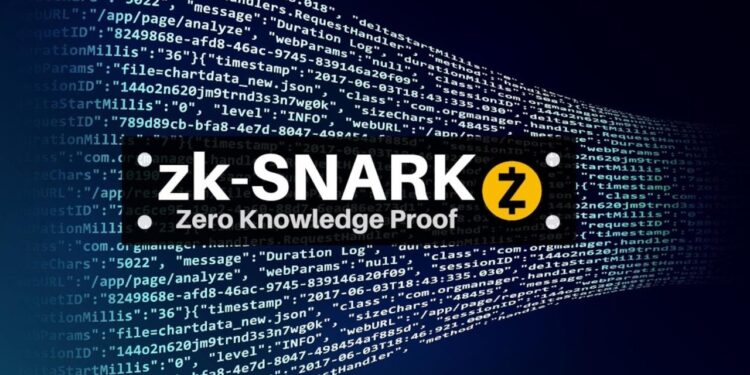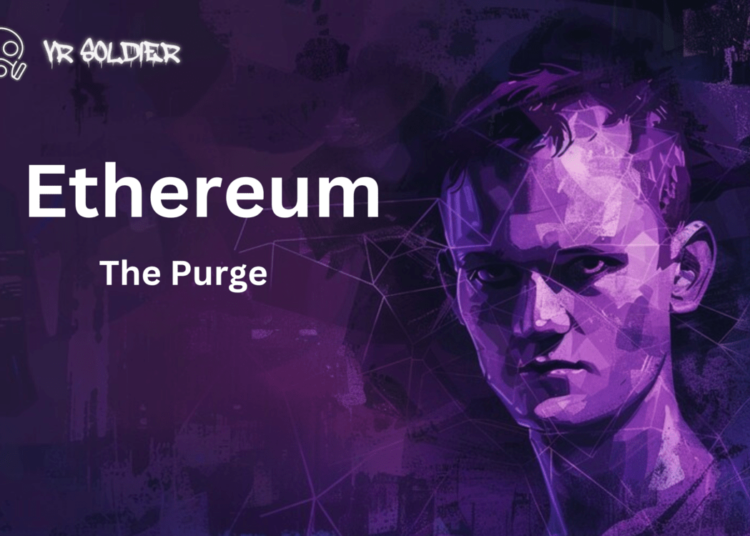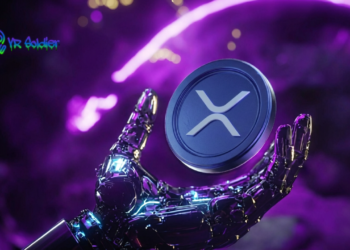Ethereum (ETH) co-founder Vitalik Buterin has found a way to increase the speed of zero-knowledge (ZK) proof technology. Buterin introduced a new cryptographic proof system called Binius. According to him, it is more effective than traditional models such as SNARK and STARK.
What are cryptographic proofs?
STARK and SNARK are two types of zero-knowledge cryptographic proofs that are used to improve privacy and scalability in blockchain projects, including Ethereum.
Buterin noted that one of the significant innovations in STARK is the use of smaller fields, unlike its predecessor SNARK. The latter required large 256-bit numbers. Switching to STARK significantly reduces the amount of computation and significantly speeds up the verification process.

An example of a tool on STARK is Plonky2, which works with 64-bit numbers. Plonky2 creates proofs hundreds of times faster than all previous methods. “The main innovation of Plonky2 was the execution of arithmetic operations modulo a smaller prime: 264-232+1=18446744069414584321. Now each addition or multiplication can always be performed in just a few instructions on the processor, and hashing all data is four times faster than before,” Vitalik explained.
Binius: The New Buterin system
Vitalik is not limited to just optimizing number fields in cryptography. In his latest work, he looked at the benefits of using binary fields—simple zeros and ones. This approach is implemented in the new ZKP system Binius, which uses various mathematical strategies to further simplify the process of creating proofs. On the other hand, Binius is different in that it focuses on binary fields. At their core, they are very effective for digital systems due to the fact that the latter are binary in nature (working on the basis of zeros and ones). Therefore, using cryptographic operations that are compatible with these binary systems can reduce computational costs, Buterin said.

The Binius system also includes encoding and decoding mechanisms. They transform bit data into a format suitable for polynomial processing and the creation of Merkle proofs. This allows the system to scale efficiently when processing data on the blockchain. However, the co-founder of Ethereum emphasized that many questions regarding Binius still remain unresolved. For example, there is a need to develop efficient arithmetization algorithms and methods, and to study its impact on existing SNARK systems.
Earlier, Vitalik spoke about the next Ethereum update called The Purge which means “Cleaning ”. The upgrade is aimed at simplifying the structure of the blockchain of the second largest cryptocurrency by capitalization and reducing the load on the nodes.












